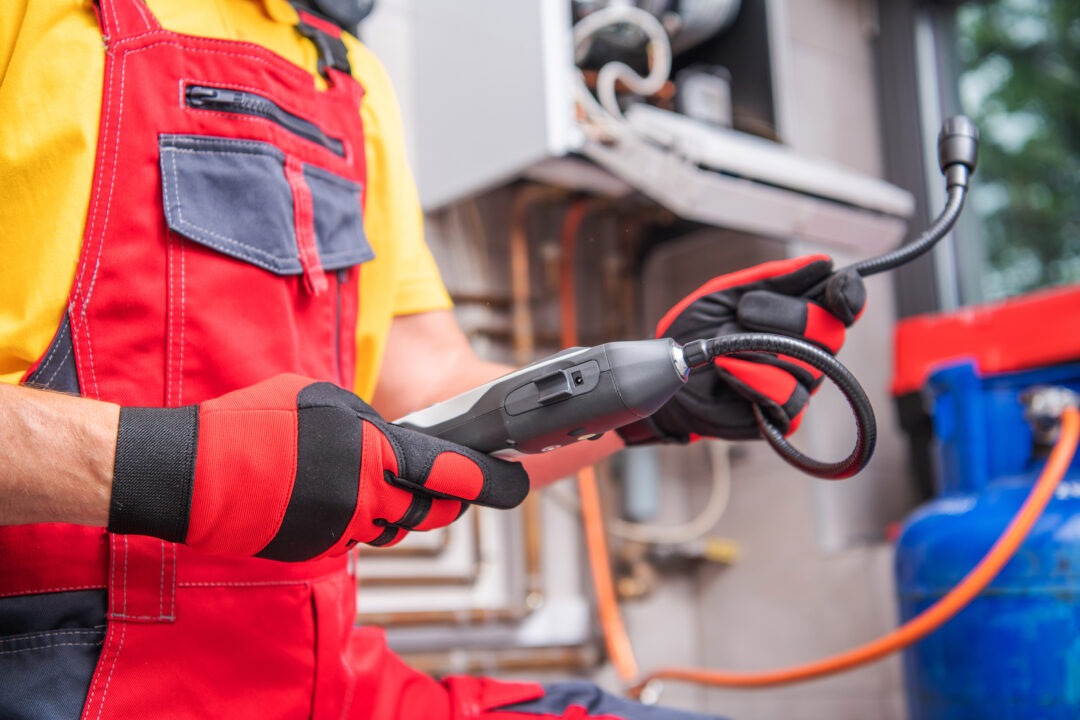 The industrial application of Leak Detection and Repair (LDAR) has undergone a significant evolution over the decades, with advancements not just in the technology used but also in the methodologies implemented. For professionals in the field, Method 21 is not an unfamiliar term. But as LDAR changes across many sectors, it’s essential to go deeper into the intricacies of this method and its pivotal role in the industry.
The industrial application of Leak Detection and Repair (LDAR) has undergone a significant evolution over the decades, with advancements not just in the technology used but also in the methodologies implemented. For professionals in the field, Method 21 is not an unfamiliar term. But as LDAR changes across many sectors, it’s essential to go deeper into the intricacies of this method and its pivotal role in the industry.
Understanding Method 21
At its core, Method 21 is a protocol outlined by the U.S. Environmental Protection Agency (EPA) that focuses on the detection of volatile organic compound (VOC) emissions from specific equipment types using a portable instrument. The fundamental purpose is to pinpoint leaks and ensure they are addressed, helping industries reduce their environmental footprint and promote operational efficiency.
Significance in LDAR
So why is Method 21 held in such high regard in LDAR? Several reasons cement its importance:
- Precision: Method 21 is not a mere ‘sniffer’ technology. It quantifies leak concentrations, providing data that can guide reparative measures effectively. With Method 21, industries don’t just know that a leak exists; they know the magnitude.
- Broad Applicability: While some detection methods might be limited to specific sectors or equipment types, Method 21 can be applied across a variety of industrial settings, ranging from petrochemical plants to natural gas facilities.
- Regulatory Compliance: Adhering to Method 21 ensures industries remain in compliance with federal regulations. Regulatory bodies often regard Method 21 compliance as an indication of a company’s commitment to environmental responsibility.
The Modern Context
While Method 21 has always been a stalwart in LDAR, its significance has become even more pronounced in today’s context:
- Emphasis on ESG: With industries globally giving increased importance to Environmental, Social, and Governance (ESG) criteria, Method 21 serves as a vital tool to achieve the ‘E’ in ESG. It allows companies to showcase their environmental responsibility transparently.
- Technological Integration: The integration of Method 21 with modern technologies such as the Internet of Things (IoT) and artificial intelligence (AI) has elevated its capabilities. By collating data from Method 21 with predictive analytics, industries can preemptively address potential leaks, ensuring operations remain seamless and eco-friendly.
A Step Towards the Future
For those well-acquainted with LDAR, the question isn’t about whether Method 21 is crucial—it’s about how we can further harness its potential. A couple of considerations for thought leadership in this arena:
- Continuous Innovation: While Method 21 is robust, the onus is on industries to continue to innovate. Exploring how the method can be enhanced using cutting-edge technologies or methodologies will ensure its relevance and efficacy in the years to come.
- Education & Training: As with any technical protocol, the efficacy of Method 21 is only as good as its implementation. A concerted effort towards training professionals on the nuances of this method will ensure that industries extract maximum value from it.
To be sure, Method 21 is not just a regulatory guideline; it’s a reflection of an industry’s commitment to operational excellence and environmental stewardship. As LDAR continues to grow and evolve, so will the role of Method 21, making it imperative for professionals to stay updated, engaged, and innovative in its application.